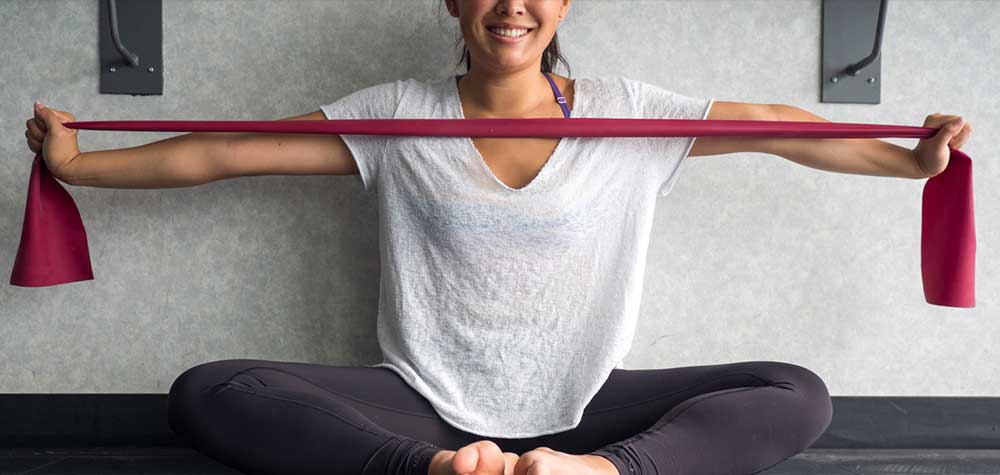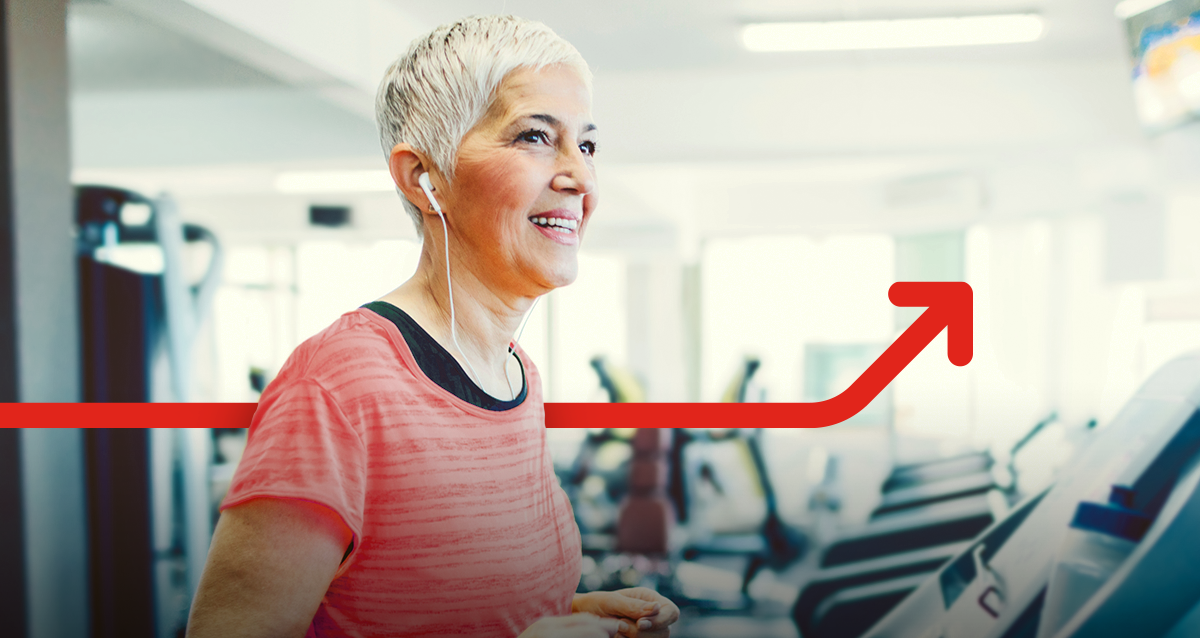The Stretching Dilemma: When, Where and How
March 21, 2018
If you're like most people, you probably learned to "stretch" in your high-school gym class. This is where we did those classic static stretches where we held muscle tension for a certain length of time. But guess what? It turns out those stretches weren't so great for us. According to a study from the Journal of Strength & Conditioning Research, static stretching before your exercise can temporarily reduce a muscle’s performance for up to 24 hours.
Hmmm. So now what?
Dynamic stretching, especially before a workout, seems to be the current thinking. Flexibility is an important fitness component that is often overlooked, especially by runners. Stretching regularly will help maintain your flexibility and range of motion. Whether it reduces your risk of injury, as some claim, is still being investigated.
Stretching is even more important for older runners because there is some of the elastic properties of soft tissue with age and more work is needed as it's harder to maintain flexibility and range of motion.
Stretching after your run—or at least after a warm-up—when muscles are warm and more pliable is the most important. It is recommend to warm up by walking or jogging slowly for five to 10 minutes--not by stretching “cold” muscles. After your warm-up or run, stretch the major muscle groups associated with running; like the quadriceps, calf muscles, low back muscles, hip flexors (standing lunges will do), hamstrings, and the gluteal muscles.
Here are 5 key stretches that will help those areas:
KNEELING HIP FLEXOR STRETCH
How to Stretch: Kneel on your right knee, with your left foot flat on the floor, and left knee bent at 90 degrees. Press lightly forward to feel a stretch at the top of your right thigh. Hold for 30 seconds, 3–5 times, and then repeat on the other side.
What it does: This stretch targets your hip flexors and quadriceps muscles to help boost performance and reduce lower-back and knee strain.
LYING HAMSTRING STRETCH
The Stretch: Lay on your back with your left foot on the floor, and your right leg extended toward the ceiling, hands clasped behind your right knee. Gently pull your right leg toward you, and hold for 10, 5-second reps before switching sides.
What it does: This move stretches the hamstrings, but also helps mobilize your sciatic nerve, which needs attention after longer runs.
LEANING CALF STRETCH
The Stretch: Face a wall, and place your hands on the wall, leaning slightly forward, with your back leg straight and front knee slightly bent. Lean forward until you feel a stretch in your back leg, and hold for 30 seconds, repeating up to five times per leg. Perform at least two sets with your back leg slightly bent, to target a different part of your calf muscle.
What it does: Stretching these muscles helps reduce possible strain to the shin and foot.
SUPINE GLUTE STRETCH
The Stretch: Lay on your back, and bend your right leg, pulling it toward you. Grasp your knee with one hand and your ankle with the other, and pull your bent leg toward you, until you feel a stretch in your glutes. Hold for 30 seconds and repeat 3–5 times before switching sides.
What it does: This stretch can help reduce hip stiffness and possible pain.
SIDE-LYING QUADRICEPS STRETCH
The Stretch: Lay on your right side and bend your left (top) knee. Grab your left foot with your left hand and lightly pull your foot toward your glutes until you feel a stretch along the front of your thighs. Hold for 30 seconds and repeat 3–5 times before switching sides.
What it does: This stretch can help reduce possible knee strain by keeping the quadriceps loose.
There is much debate as to which type of stretching is most effective. You may find a certain type is more effective for you. Either way, the most important point thing is to do each stretch slowly and in a relaxed manner. Avoid quick movements or bouncing while stretching and never force a movement or position. In general, hold each stretch for approximately 10 to 20 seconds and then repeat that same stretch several times.
If you absolutely don’t have time to stretch after your run, try stretching at the very end of the day, just before bedtime. Take a warm shower or bath to warm up your muscles beforehand, then lie on the floor and stretch. And if you wait until the end of the day just remember to do it!
.png?width=258&height=54&name=Landice_logo%20(1).png)




